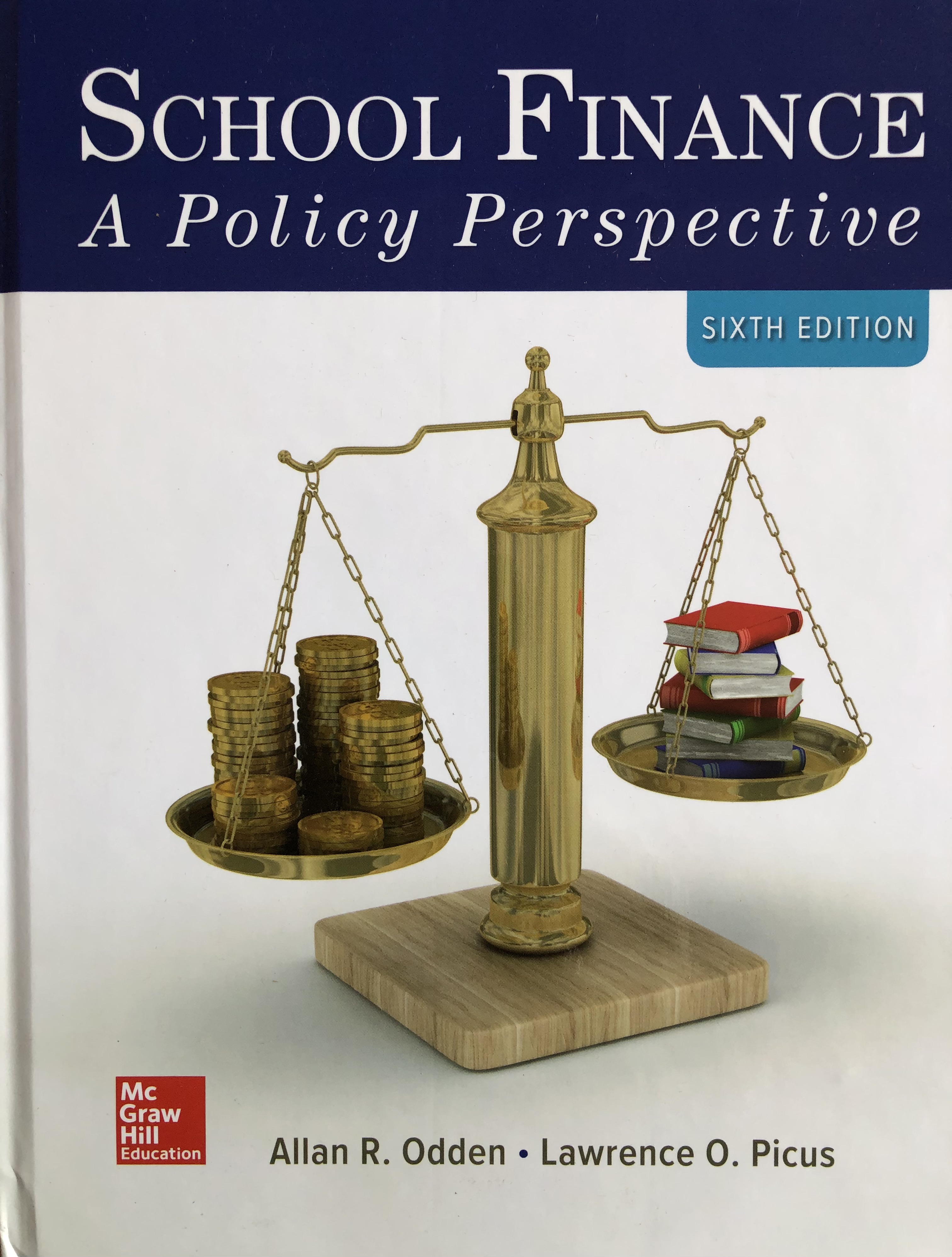In 2007, we developed a teacher compensation handbook for state and local policymakers that identified the steps needed to redesign teacher salary schedules, from those today based on years if experience and education units to one based on effectiveness teacher expertise.
Since that time, states and districts have developed new teacher evaluation systems that produce effectiveness metrics that can be used to operate the new types of salary schedules discussed in the handbook. We also are in the process of updating that handbook to reflect this phenomenon as well as additional knowledge acquired over the last five years with state and local experimentation with new salary elements.
With that said, the handbook still serves as a good starting point for places considering how to redesign teacher salary schedules.

